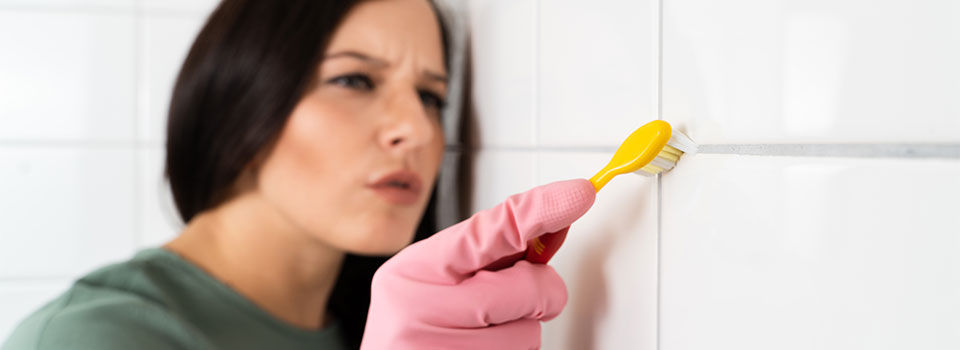Don’t let dirty grout lines make beautiful tiles look less than their best. You may need to do a little scrubbing to loosen the dirt and work it free, but the results will impress you. Grout does need to be replaced after a few years of steady cleaning to refresh it, which also solves stain problems all at once.
While do-it-yourself projects can be fun and fulfilling, there is always a potential for personal injury or property damage. We strongly suggest that any project beyond your abilities be left to licensed professionals such as electricians, plumbers, and carpenters. Any action you take upon the information on this website is strictly at your own risk, and we assume no responsibility or liability for the contents of this article.





